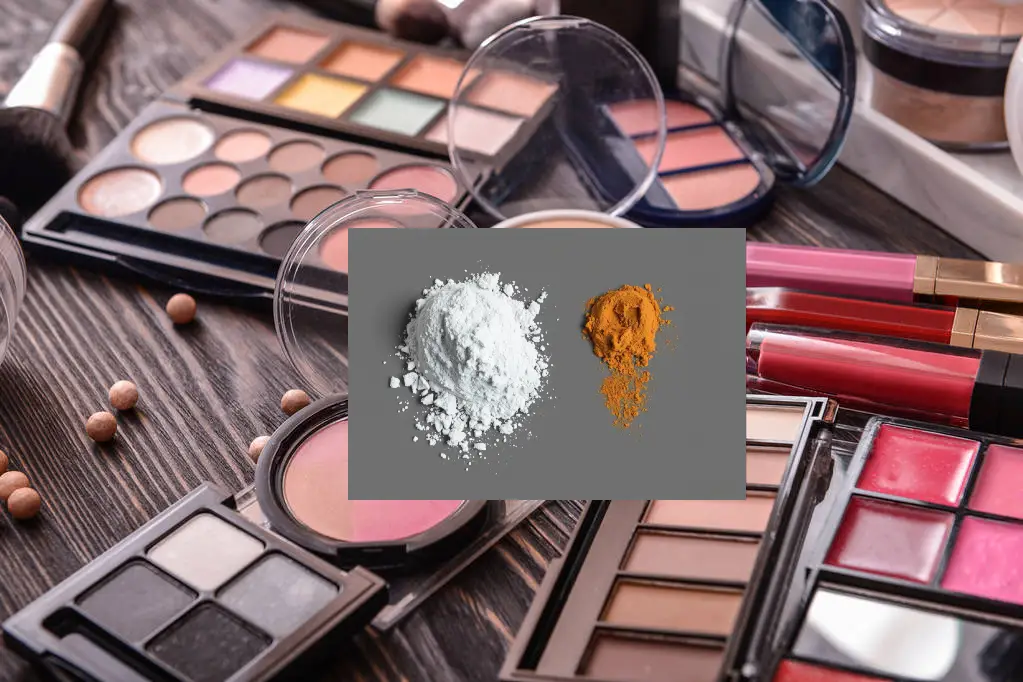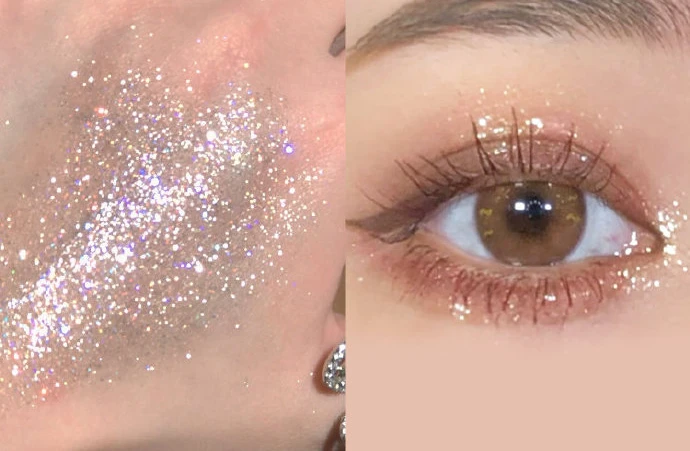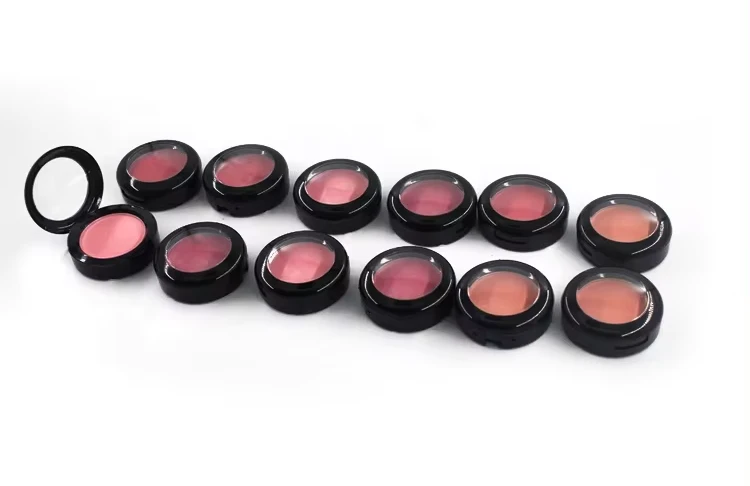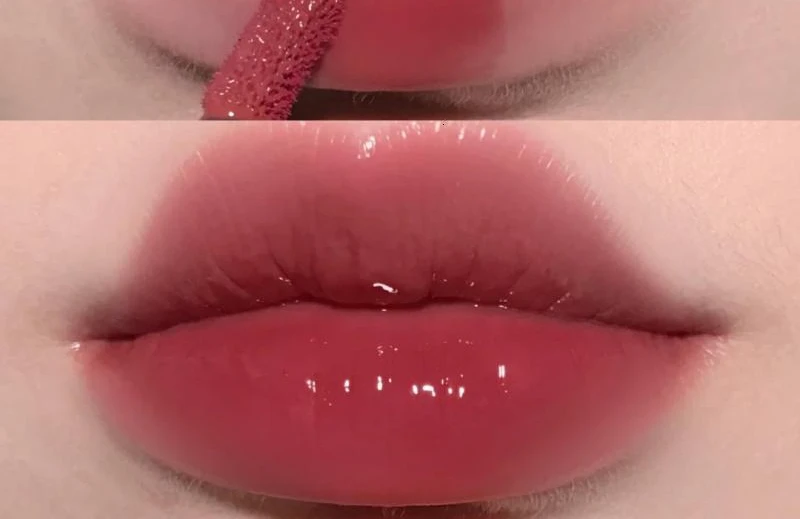Mica powder is a fine, shimmering powder obtained from naturally occurring minerals, mainly silicate minerals referred to as mica. Such minerals are derived from igneous and metamorphic rocks and are formed in laminated, thin structures that, when ground, can produce very fine powder. Concerning mica, two forms are widely applied in cosmetics: muscovite and phlogopite mica, due to their high degree of purity and high reflecting ability.

Benefits of Using Mica Powder in Cosmetics
Mica powder has a lot of advantages when it comes to its application in cosmetics. One of the benefits is to increase the aesthetic value or look into the different cosmetic products. Mica powder contributes to the radiant glow and luminous finish of products, which in turn makes the products appealing to consumers. This property makes it common in products such as cosmetics like eye shadows, shimmers, and lip gloss, as well as leaving a wet look on surfaces such as skin when applied.
Another significant benefit of mica powder is its versatility. It can therefore be added to beauty products that go beyond the use of cosmetics and makeup products only. For instance, mica powder is used in lotions and creams to enhance skin’s glow or give it that smooth feel. The container also includes nail polish, which is used for a sparkle effect, which is more classy and trendy.
Mica powder is non-toxic and harmless, further bolstering its appeal in the cosmetic industry. It is derived from natural sources, and this makes it free from those dangerous chemicals to the skin, hence making it less likely that it will cause skin rashes. Besides, it is commonly employed in mineral makeup, which is highly appreciated today for its simple and gentle skin formulas.

Different Types of Mica Powder
Mica powder is in many forms, and each form has its own specific characteristics, which makes it ideal for use in cosmetics. By focusing on the differences between the different types, it will be easier for one to select the best mica powder for their beauty formulations.
Natural Mica vs. Synthetic Mica
The natural mica is obtained from the mineral resources and then extracted, washed to remove all impurities, and crushed into a very fine powder. It has a pleasing sheen to the eye. Synthetic mica, or synthetic fluoro phlogopite, is synthesized in laboratories, and it appears to be more pure and bright. This type is preferred if you want deeper, brighter hues of the color.
Coated Mica Powders
Coated micas are pigmented or dyed on top of the mica powder, increasing the color characteristics. These coatings can contain such substances as titanium dioxide, iron oxide, or ferric ferrocyanide. Coated mica powders are mostly used in such makeup products as eyeshadows and highlighters, where highly vibrant and brilliant interference colors are needed. It is effective in enhancing not only the color of the coated item but also may contain other uses, such as that of a UV coat.
Matte Mica vs. Shimmery Mica
Mica powders are enhanced by making them lose their natural sheen, hence being matte and non-shiny. These are often employed in foundations, face powders, and concealers to give a skin-like finish. On the other hand, non-transformed, reflective mica powders preserve the ability to shine and are incorporated into highlighter products with gloss and shimmering body products, including lip gloss and glittering bodies.
By understanding these different types of mica powder, you can better choose the right type to not only fit the intended performance but also beauty.
How to Safely Use Mica Powder in DIY Cosmetics
Use of mica powder as an ingredient can make your home-made products visually appealing and better. But you must follow all the necessary precautionary measures for getting the best result without compromising on the health problem.
Step-by-Step Guide to Safely Using Mica Powder in DIY Cosmetics:
- Preparation:
- You should choose your working environment to avoid breathing in.
- In order to reduce direct contact with this powder, you should wear a safety mask and gloves.
- Measuring and Handling:
- A digital scale is used to weigh the amount of mica powder that is needed by the recipe.
- When incorporating the mica powder into your mixture, you should do it slowly to reduce the formation of dust clouds.
- Mixing:
- You should make sure the mica powder has been well mixed, which helps in making a consistent color.
- You should utilize a whisk or hand mixer on a low setting for even distribution.
- Testing:
- Use a small, inconspicuous area in performing patch tests to avoid making a mistake when applying the final product in a large area. Before using it on the entire skin, you should use a small amount and then apply it to a small area of the skin to see if there will be any reactions.
- Check for any skin reactions in the test area for 24 hours for symptoms of irritation or an allergic reaction.
- Storing:
- To sustain the quality of mica powder, it should be stored in a cool, dry environment.
- Store it in a well-closed package to avoid blending with other substances and prevent moisture.
Popular Cosmetic Products Using Mica Powder
Mica powder is an essential ingredient incorporated in many of the commonly used cosmetic products. It is widely used in the beauty industry and popular among women because of its property to shine. Here are some common cosmetic products that often contain mica powder:
Eyeshadows
Mica powder is used universally in the concoction of eyeshadows. These properties give it the ability to leave the eyes with a shimmer, which makes the appearance even more appealing. The collection contains every hue imaginable, which gives every girl a chance to have the best eyeshadow colors, starting with nudes to bright colors.

Highlighters
The mica powder gives highlighters a much-desired glowing kind of radiant finish. It exists in the forms of powder and concentrated liquid. Applying a highlighter that contains mica powder and rubbing it on the cheekbones, brow bones, and other high points of the face can give a face a lifted look with a hint of sheen.

Lip Products
Lipsticks and lip glosses often contain mica powder to achieve a pearlescent finish. This provides form and volume to the lips, thus enhancing their beauty. Mica also assists in achieving various finishes, from matte to glossy.

Tips for Choosing the Right Mica Powder
When selecting mica powder for application in cosmetics, here are some essential tips to help you make the best selection:
Understand Your Application
The first thing to do before starting to look for mica powder is to determine the particular cosmetic product you wish to produce. Mica powders are of different types regarding their characteristics; some are specifically used for creams, while others are for dry products such as eyeshadows or powders.
Check Purity and Grade
You’d better go for the cosmetic-grade mica powder. Cosmetic mica is ground to a fine particle size and has no lead or any other unwanted chemical incorporated into it, making it safe for use on the skin.

Consider Particle Size
The particle size of mica powder affects the finish and texture of the cosmetic product.
- Finely milled mica offers a satin finish and is ideal for face products.
- Larger particles provide a glittery effect and work well in eyeshadows and body shimmer.
Color and Tint Selection
Mica powder comes in a vast array of colors and tints. When choosing, consider the desired visual effect:
- Natural tones are perfect for a subtle glow.
- Vibrant colors can make bold statements in products like eyeshadows and lip glosses.
Conclusion
In summary, the use of mica powder in cosmetics increases the aspect values of the product but also has various positive effects if well utilized. Mica powder is an essential part of cosmetic products, starting from the historic use of fine, colorful grains in cosmetic production and moving to modern uses of mica powder in an array of cosmeceutical products. Bearing these safe usage guidelines and type selection in mind, the enthusiasts and the professionals can get the best outcome that they want. Besides, it is worth noting that the further development of the beauty market will only contribute to the development of the role of mica powder and new opportunities for its usage in product creation.
Related Reading
How to Use Mica Powder for Resin?
What are Natural Cosmetic Colorants: 5 Key Points
How to Use Mica Powder for Paint (Step-By-Step Guide)
How to Use Mica Powder in Acrylic Paint (Quick Guide for Beginners)
How to Use Mica Powder for Candles (5 Key Points)
How to Use Mica Powder for Epoxy (Benefits, Price, Techniques and Select)




2 thoughts on “How to Use Mica Powder for Cosmetics?”
Oh my goodness! Amazing article dude! Many thanks, However I am encountering problems with your RSS. I don’t understand the reason why I can’t join it. Is there anybody else having similar RSS issues? Anyone who knows the answer can you kindly respond?
Hmm is anyone else having problems with the images on this blog loading? I’m trying to figure out if its a problem on my end or if it’s the blog. Any feed-back would be greatly appreciated.